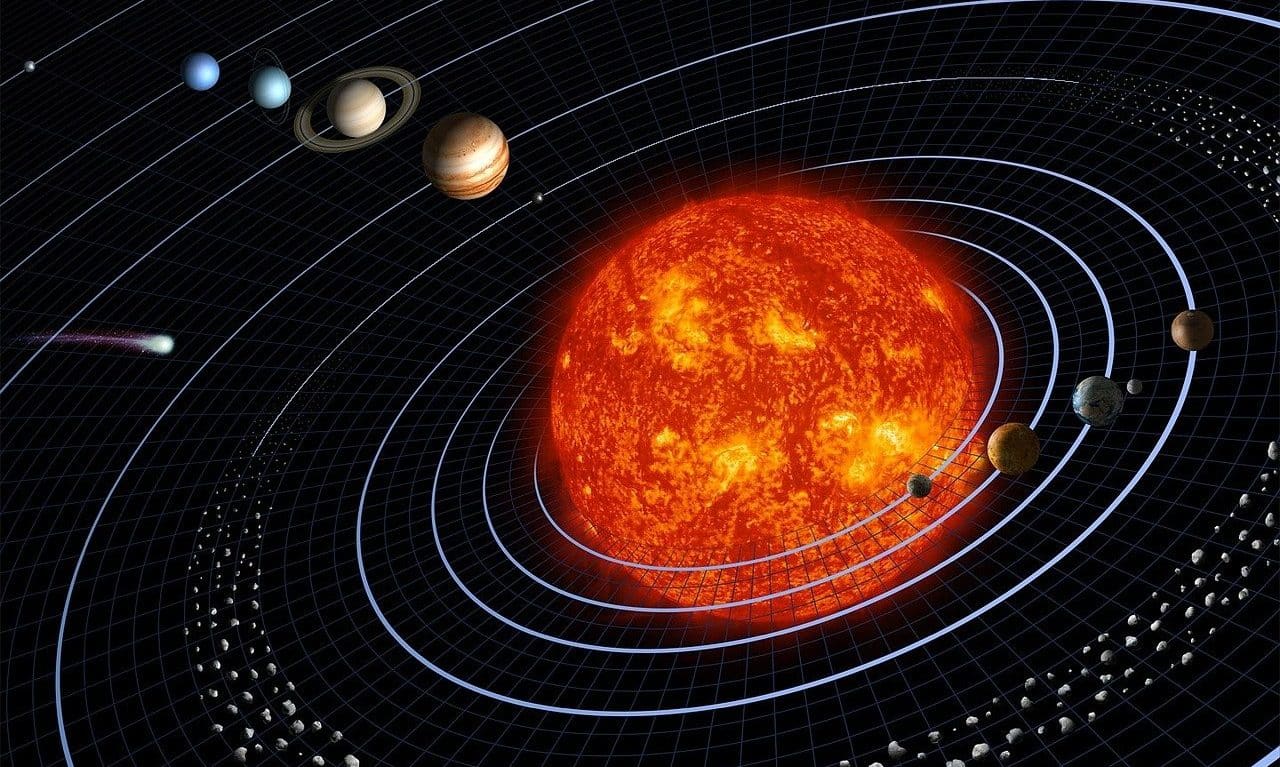
Aphelion is the furthest point in a planet's orbit from the Sun.
The aphelion is the most distant point in the orbit of a given planet with respect to the Sun. This means that, when a certain planet is in its aphelion, it is located as far from the Sun as it will be while orbiting.
The opposite of aphelion is perihelion : the point on the orbit that is closest to the Sun. These two points are known as apsidal points . According to physical laws, at aphelion the planet moves at its minimum speed , while at perihelion it reaches its maximum translational speed.
The aphelion of planet Earth
In the case of planet Earth , aphelion occurs at the beginning of the month of July . In this instance, the Earth is located 152.1 million kilometers away from the Sun. At the beginning of January, however, the Earth passes through its perihelion, locating itself 147.09 million kilometers from the solar star.
It is important to keep in mind that the notion of aphelion always refers to the distance of the planet from the Sun. However, when we want to refer to the most distant point with respect to planet Earth, we speak of apogee . If the consideration is intended to be made about other stars, the generic term used is apoastro .
Because continental surfaces and oceans are not distributed evenly on our planet, the warmest temperatures in the northern hemisphere occur at aphelion, when the distance from the Earth and the Sun is very large. This is because there is more continental surface in the northern hemisphere, which is then tilted towards the Sun.

The Earth's aphelion takes place at the beginning of July.
The seasons
Year after year, at the beginning of January our planet goes through the perihelion of its orbit , and scientists always record the exact moment in which this takes place. While it would seem logical to assume that at this point in its trajectory the Earth is at its highest temperature, since this is when it is closest to the Sun, this is only true for the southern hemisphere: in the north, January is the warmest month. winter cold
This leads us to the following conclusion: the Earth's seasons are not linked to the distance it maintains from its star, although throughout its entire journey this varies by five million kilometers , as explained above. What happens is that during perihelion, the north pole is on the opposite side of the Sun, given the Earth's rotation, and for this reason the days there are shorter and the amount of light that arrives is less, in addition to do it in an especially tangential way.
In this way, although the planet is at its closest point to the Sun, the northern hemisphere receives less heat than the rest of the year; In the south, on the other hand, the situation is clearly opposite, since the days last longer, the temperature reaches its highest peaks and the light bathes its extensions directly. It is worth mentioning that from a global point of view, given that there is more land in the northern hemisphere than in the southern, and that land heats up more easily than water, the total temperature of the Earth is higher during aphelion than in the perihelion.
Therefore, knowing the distance at which our planet is from the Sun at a certain moment in its trajectory is not enough to deduce its temperature either, making it a phenomenon with little apparent effects.
